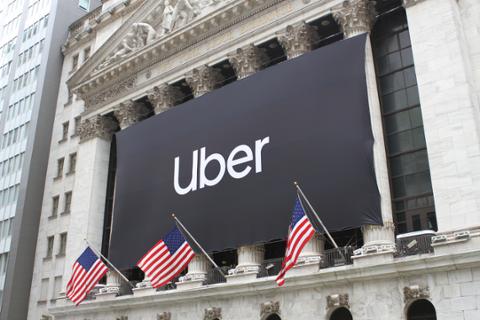What’s the average H-1B salary at some of the biggest tech companies? In this instance, we don’t want to just focus on pay for software developers and engineers, which we’ve covered in past articles; we want to dig into how much these firms pay all their H-1B staff, from executives to technologists and other roles.
As with previous H-1B salary analyses, we turned to the H-1B Salary Database, which indexes the Labor Condition Application (LCA) disclosure data from the United States Department of Labor (DOL). We selected the top 15 tech companies, by H-1B salary; the average pay for those with the visa at these firms is far higher than the average U.S. technologist salary of $94,000:
Some interesting data here: It seems logical that Netflix would pay its H-1B workers the most out of all these companies, as the streaming giant has a reputation for paying immense salaries to its employees and contractors (in exchange for brilliant performance—if you can’t hack it, you’re out). Also, frothier startups such as Airbnb, Lyft, Spotify, Doordash, and GM Cruise (the automaker’s self-driving startup/spinoff) tend to pay more on average than older, larger firms such as Google, Apple, and Microsoft.
Facebook and Twitter also tend to pay their H-1B workers well, although Facebook has filed for far more visas than its birdy rival. Both companies are currently operating at something of an inflection point, allowing the majority of their employees to work remotely rather than come into an office. How that impacts those companies’ talent sourcing and compensation remains to be seen, but things could look very different in a few years.
A couple of other things to note: Although these tech companies pay their H-1B workers a hefty salary, technology doesn’t dominate the category of absolute highest individual H-1B salaries overall. Healthcare and medical companies tend to pay the most, but they’re also more likely to source a limited number of H-1B workers, who are no doubt highly specialized in their particular subfield of medicine. Contrast that with some of the largest tech companies, such as Microsoft, which file for tens of thousands of H-1B visas (and that’s before you consider the role of subcontractors who technically work for other firms).
Also, as we’ve pointed out repeatedly in the past, these kinds of analyses only highlight what tech companies pay the H-1B workers they source directly. Business-services and contracting firms may pay their H-1B subcontractors much less than what they’d make at a big tech firm such as Google or Microsoft (for example, at Accenture, the median H-1B salary is $96,366, while at Tata, it’s $68,000). So any breakdown of H-1B salaries at a tech company isn’t likely a full accounting of what every H-1B worker on every team is actually getting paid.
By this time next year, all of this salary data could undergo radical change. In addition to an executive order temporarily banning H-1Bs, the U.S. government has taken steps to curtail the use of the H-1B, including a substantial adjustment to fees, as well as a rising rate of application and renewal denials. That may persuade at least some of these companies to source more talent domestically, which could have a ripple effect on compensation.



